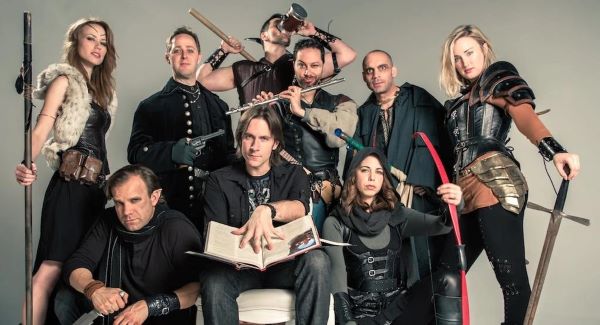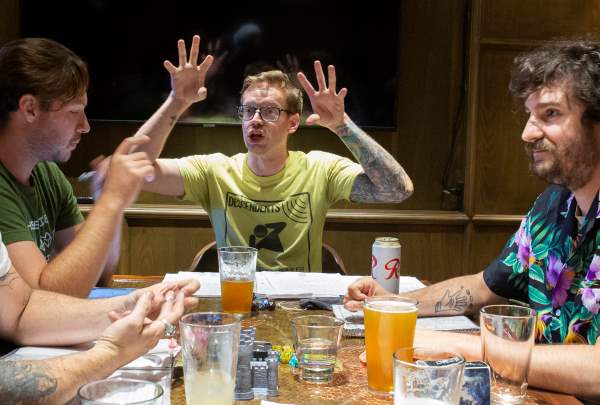In the world of online entertainment, few tales are as captivating as that of Critical Role. What started as a group of friends playing Dungeons & Dragons (D&D) has grown into a multimedia powerhouse, reshaping the landscape of tabletop gaming and storytelling.
For those who don’t know, Critical Role is a popular web series that features a group of talented voice actors playing D&D. The show is primarily known for its engaging storytelling, character development, and the camaraderie of the cast. The cast members, including notable voice actors such as Matthew Mercer, Marisha Ray, and Laura Bailey, embark on epic adventures in a rich fantasy world created by Mercer, who serves as the Dungeon Master.
Each episode follows the characters as they face challenges, make decisions, and interact with the game world. The show combines elements of improvisational acting, strategic gameplay, and immersive storytelling, creating a unique and entertaining experience for both fans of D&D and newcomers to the game. Critical Role has gained a massive following through its live broadcasts, podcasts, and animated shows, significantly contributing to the growing popularity of tabletop role-playing games in mainstream media.
As Critical Role evolved, so did its business model, offering valuable insights into effective leadership and business growth. Let’s explore three key leadership lessons we can glean from the journey of Critical Role.
Lesson 1: Passion Fuels Innovation
Critical Role’s success story begins with a shared passion for storytelling and gaming. The cast’s genuine love for Dungeons & Dragons not only birthed a unique and engaging form of entertainment but also fueled a relentless pursuit of innovation. From the early days of streaming on Twitch to launching their independent media company, Critical Role Productions, the team’s unwavering passion became the driving force behind their business evolution.
Leadership Takeaway: Leaders should encourage and tap into the passions of their team members. When people are passionate about their work, they are more likely to innovate, collaborate, and invest the extra effort needed for success.

Lesson 2: Community Engagement Builds Loyalty
Critical Role recognized the power of community early on. Through live broadcasts, engaging with fans on social media, and hosting live events, they cultivated a dedicated community. This connection didn’t just enhance their brand; it became the foundation of their success. The Critical Role fanbase not only consumes content but actively contributes to the success of the brand through crowdfunding campaigns, merchandise purchases, and event attendance.
Leadership Takeaway: Building a strong and engaged community is vital for any organization. Leaders should prioritize open communication, actively listen to their audience, and foster a sense of belonging. A loyal community can be a powerful asset in times of growth and change.
Lesson 3: Diversification Mitigates Risks
Critical Role’s evolution as a business includes diversification beyond their core content. In addition to their flagship show, they’ve expanded into podcasting, comic books, a highly successful animated series, and sought after merchandise. This diversification not only broadened their revenue streams but also mitigated risks associated with reliance on a single platform or medium.
Leadership Takeaway: Leaders should embrace strategic diversification to navigate uncertainties. Relying on a single source of revenue or a narrow set of skills can leave a business vulnerable. Diversification not only expands opportunities but also provides a buffer against unexpected challenges.
Final Thoughts on Critical Role
Critical Role’s journey from a home game to a multimedia empire is a testament to the power of passion, community, and strategic leadership. As businesses navigate the ever-changing landscape, the lessons learned from Critical Role’s evolution offer valuable insights. Leaders seeking sustainable growth and innovation, could do worse than learning from this amazing organization.




